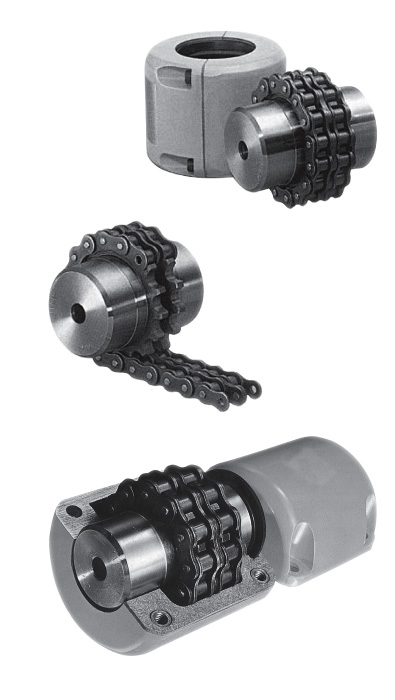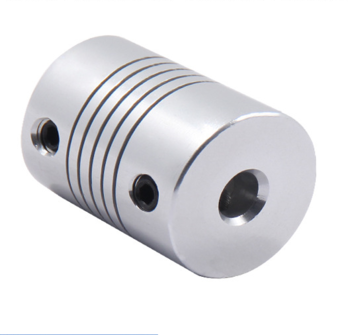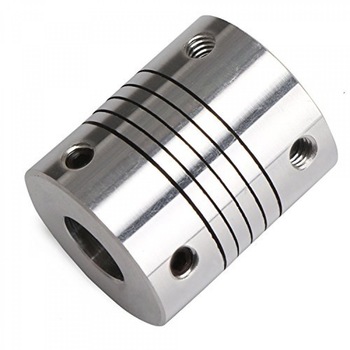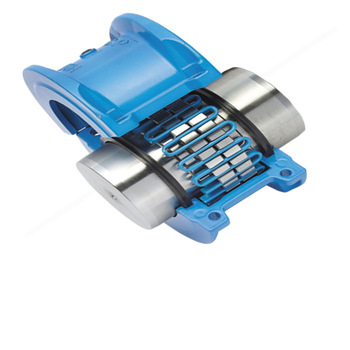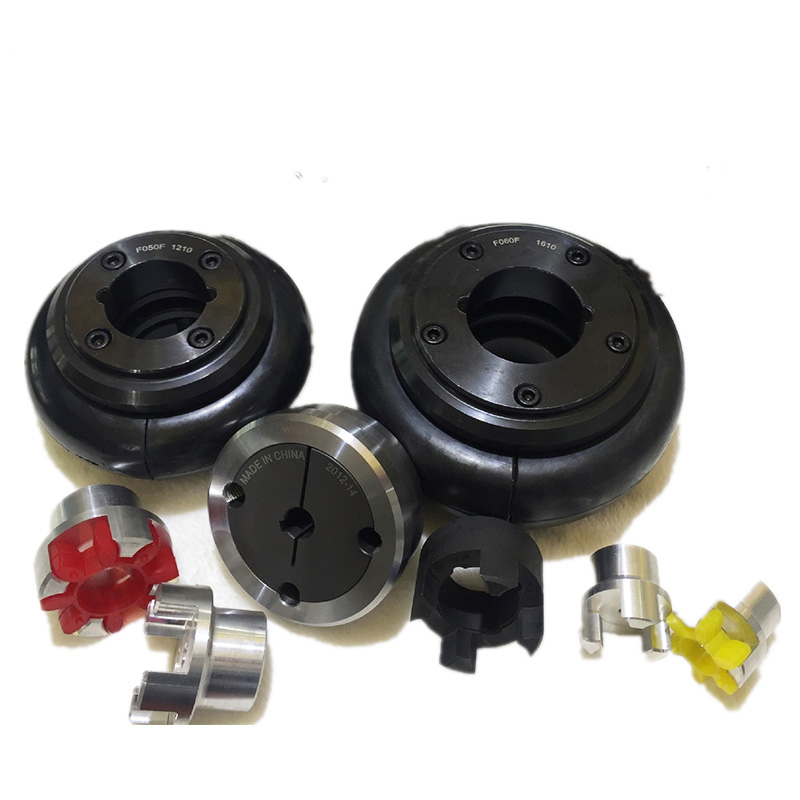The world’s leading coupling manufacturer
Flexible-Coupling!
What are Flexible Couplings
It is a known fact that in any direct mechanical drive system, there is the need to couple the variety of driven elements that are included. The majority of drive elements which include gear reducers, lead screws, and a host of other components, are driven by shafting. The shafting is supported by multiple bearings. This allows the shafting to be held extremely straight and rigid while rotating which at the same time avoid any kind of possible balancing and support problems. Because of this rigid support, it practically becomes impossible to avoid slight misalignments between a driving and driven shaft when they are connected.
The simple and most common solution to the problem of shaft misalignment is using a flexible coupling to absorb lateral, angular, and axial restoring forces, while maintaining some rigidity or fixed position in rotation. The degree to which this torsional rigidity is applied varies from one application to another. The basic function of flexible coupling is to join two pieces of rotating equipment while permitting some degree of misalignment or end movement or both.
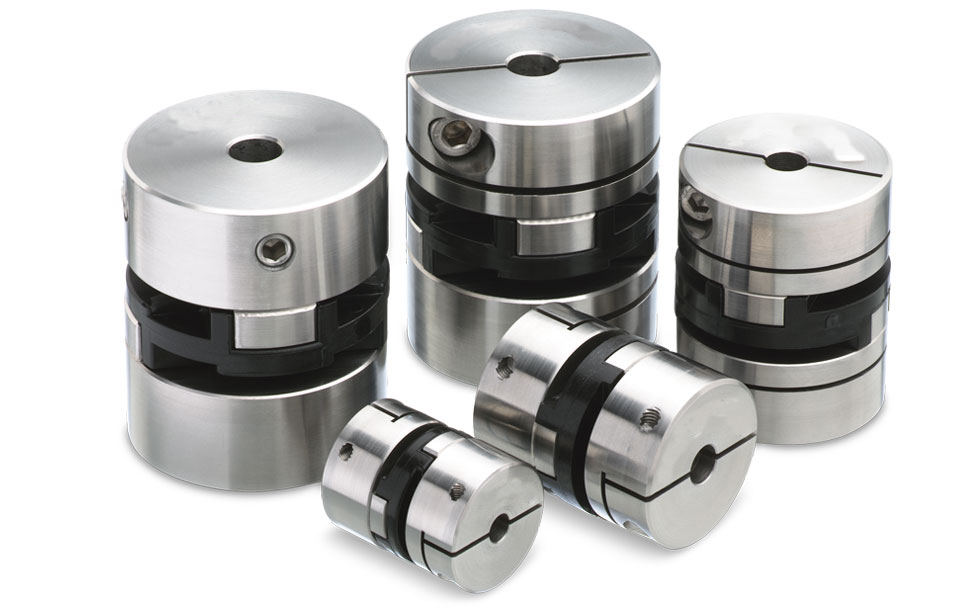
Types of flexible coupling:
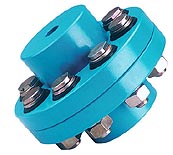 There are three basic types of flexible couplings. They are as follows:
There are three basic types of flexible couplings. They are as follows:
- Mechanically Flexible Coupling: The mechanical flexible coupling generally obtain their flexibility from loose-fitting parts or rolling or sliding of mating parts or from both.
- Metallic Element Coupling: The metallic flexible couplings obtain their flexibility from the flexing of thin metallic, disc or diaphragms.
- Elastomeric Element Coupling: The elastomeric element flexible coupling obtain their flexibility from stretching or compressing a resilient material like for example rubber or plastic.
Functions of flexible coupling:
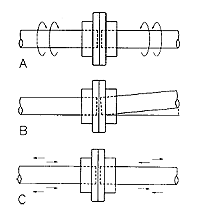 There are three basic functions of a flexible coupling. They are as follows:
There are three basic functions of a flexible coupling. They are as follows:
- Transmit power: Flexible couplings are used to transmit mechanical power from one machine to another. The mechanical power is in the form of torque at some speed, or work per unit of time, In general, the power lost by a flexible coupling is small.
- Accommodate misalignment: There are two types of misalignment. They are shaft misalignment and coupling misalignment. Both the misalignments are accommodated through flexible coupling.
- Compensate for end movement: Most flexible couplings are designed in such a way that they can accommodate axial movement of the connected equipment or shaft ends.
Products Show
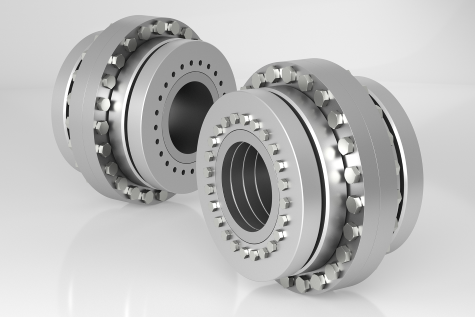
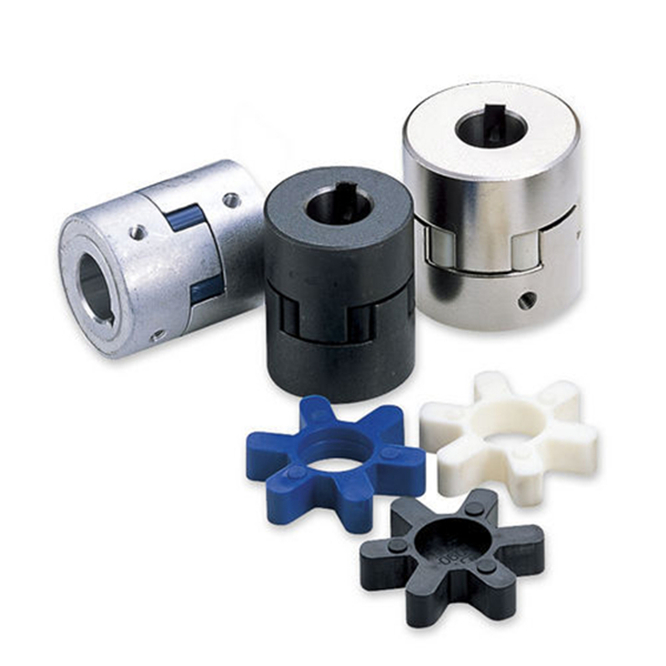
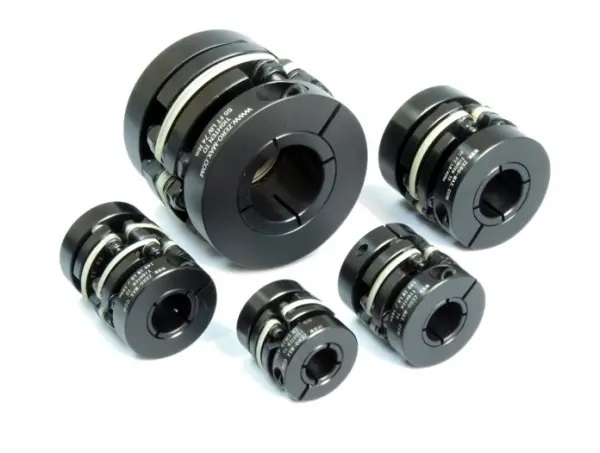
Composite Disc Couplings
Our Composite Disc shaft couplings (AG Couplings) deliver high performance with zero backlash, and are designed to withstand the rigors of the most demanding servomotor systems. We manufacture the functional parts of our composite disc shaft couplings from precision-oriented, aerospace-grade, layered composite materials. Available options include single-flex, double-flex, and floating shaft couplings with either set screw type, bushing type, or clamp type hubs, depending on the model selected. Standard catalog Composite Disc couplings are available for shaft sizes ranging from 0.25” to 6.00” diameters with peak torque transmission up to over 94,000 in-lb, with larger sizes and higher torque designs available upon request.
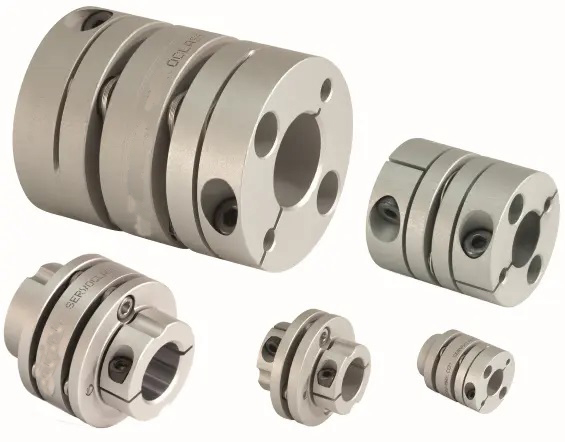
ServoClass Shaft Couplings
The ServoClass shaft coupling provides the optimal blend of performance, durability, and price. These flexible shaft couplers are manufactured from high-quality materials using state-of-the-art CNC manufacturing equipment, allowing Zero-Max to offer high performance, flexible shaft couplings at highly competitive prices. ServoClass shaft couplings provide high torsional stiffness and superior misalignment capacity, reducing reaction loads, making them ideal for servomotor actuators. Available in 14 sizes, both single- and double-disc models, and with torque ratings up to 2,200 in-lb (250Nm).
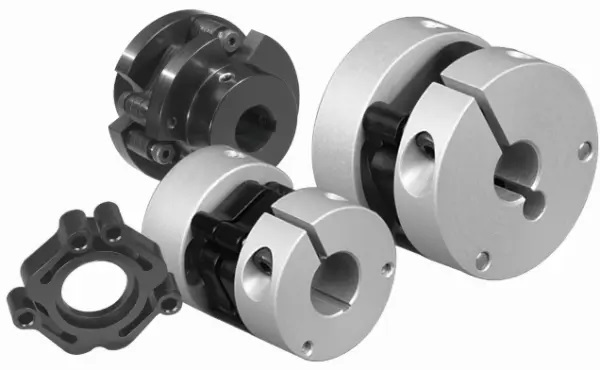
Control-Flex Shaft Couplings
Control-Flex shaft couplings are specially designed and manufactured for use with feedback devices such as tachometers and encoders. These flexible shaft couplings are engineered for zero backlash operation to ensure accuracy. Additional features include clamp hubs for superior, vibration-resistant shaft engagement and flex elements which provide ultralow bearing reaction loads caused by shaft misalignments. Using a Zero-Max Control-Flex flexible motor coupling on your encoder will guarantee accuracy and extend its operational life.
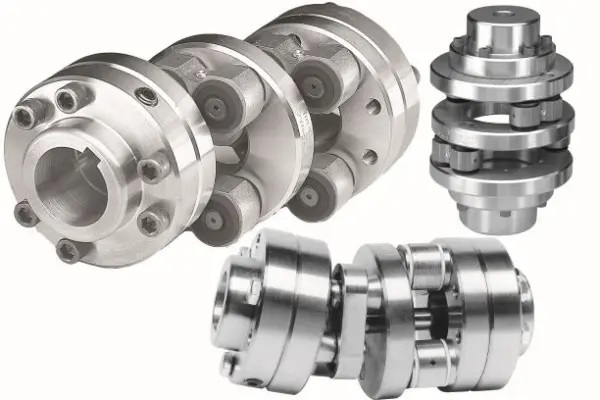
AGKNX Couplings
Zero-Max’s agknx shaft couplings are uniquely designed to handle applications with challenging or extreme misalignments. Our line of shaft couplings include models for large shaft offsets and inline shaft applications. We also provide a agknx 5-D coupling that is ideal in high torque, low RPM applications where maintaining constant angular velocity with extreme angular misalignment is critical.

Sleeve Coupling
The sleeve coupling transmits low to medium torque between connected equipment in shear through an elastomeric insert with male splines that mate with female hub splines. The insert material is typically EPDM, Neoprene or Hytrel and the insert can be a one or two piece design.
- Moderate misalignment
- Torsional dampening (vibration)
- End float with slight axial clearance
- Low to medium torque, general purpose applications
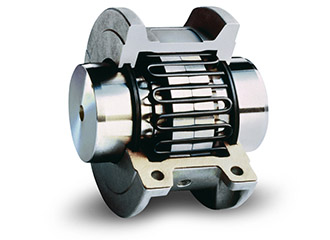
Grid Couplings
Grid couplings consist of 2 radially slotted hubs that mesh with a serpentine strip of spring steel the grid provides torsional damping and flexibility of an elastomer but the strength of steel. Grid couplings transmit torque and accommodate angular, parallel and axial misalignment from one hub to the other through the rocking and sliding of a tapered grid in the mating hub slots. The grid cross section is generally tapered for better hub contact and easier assembly.
Partners
We have partners all over the world, always provide you with high-quality technical service support



We will hold several free product exhibition exchanges in 2021.welcome to join!

